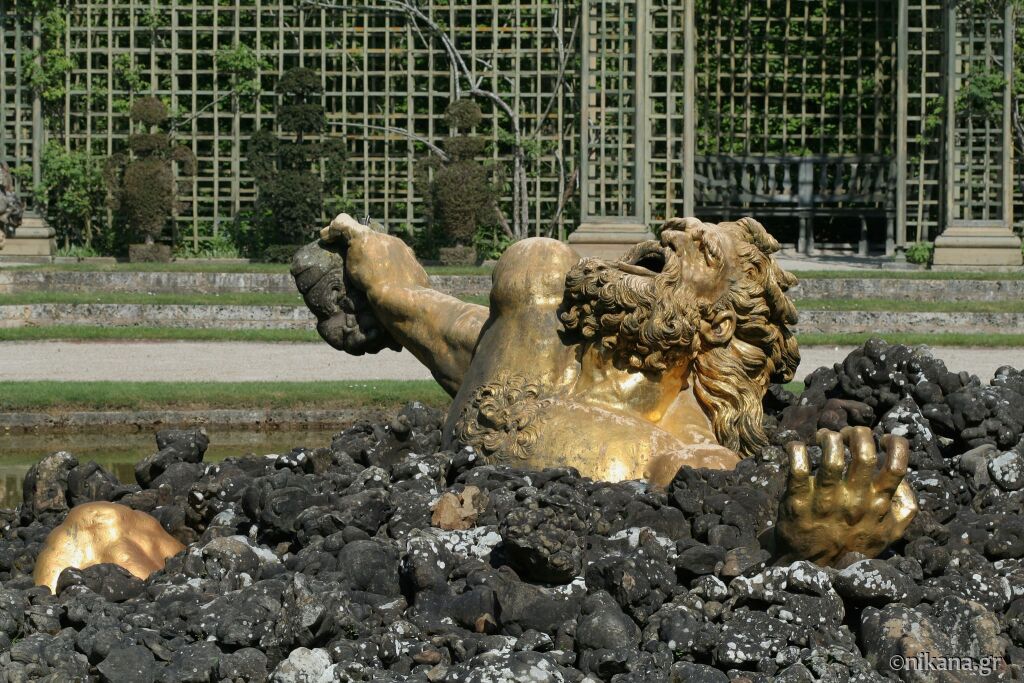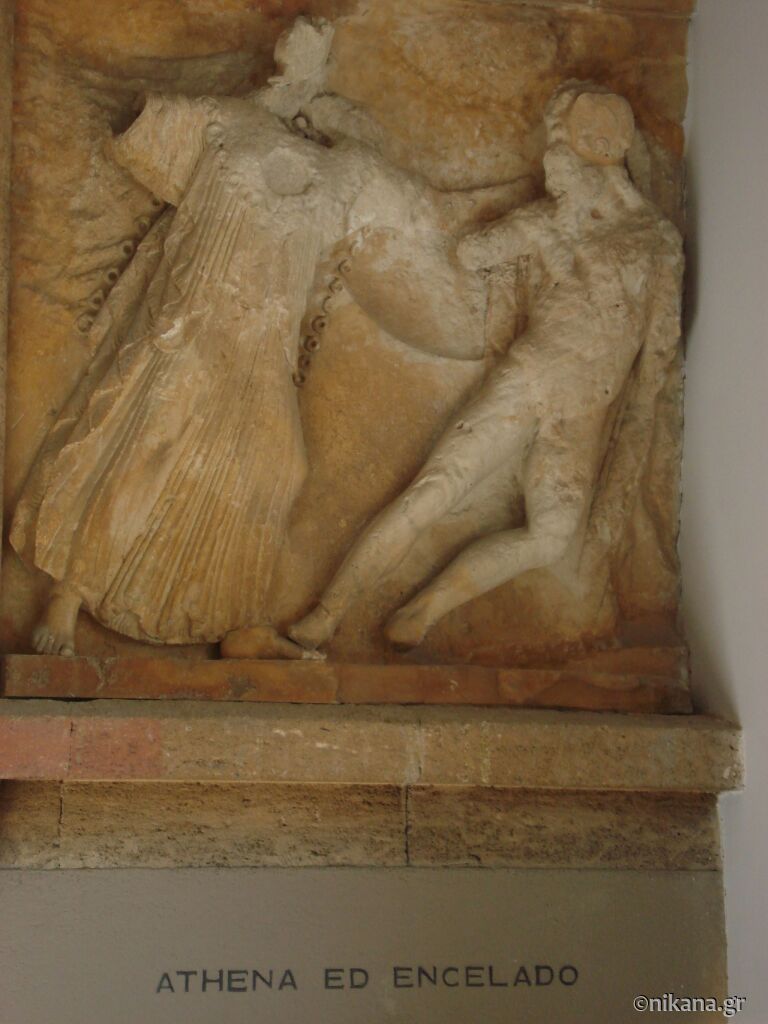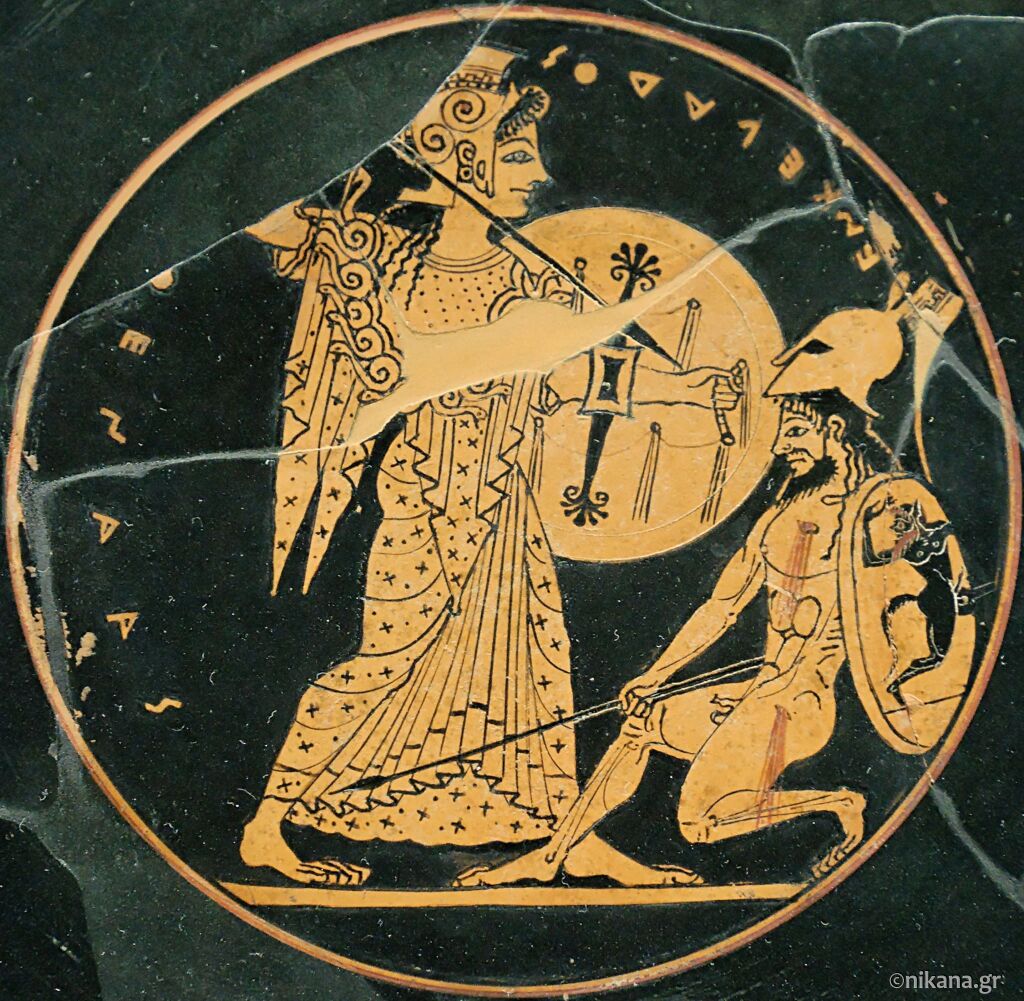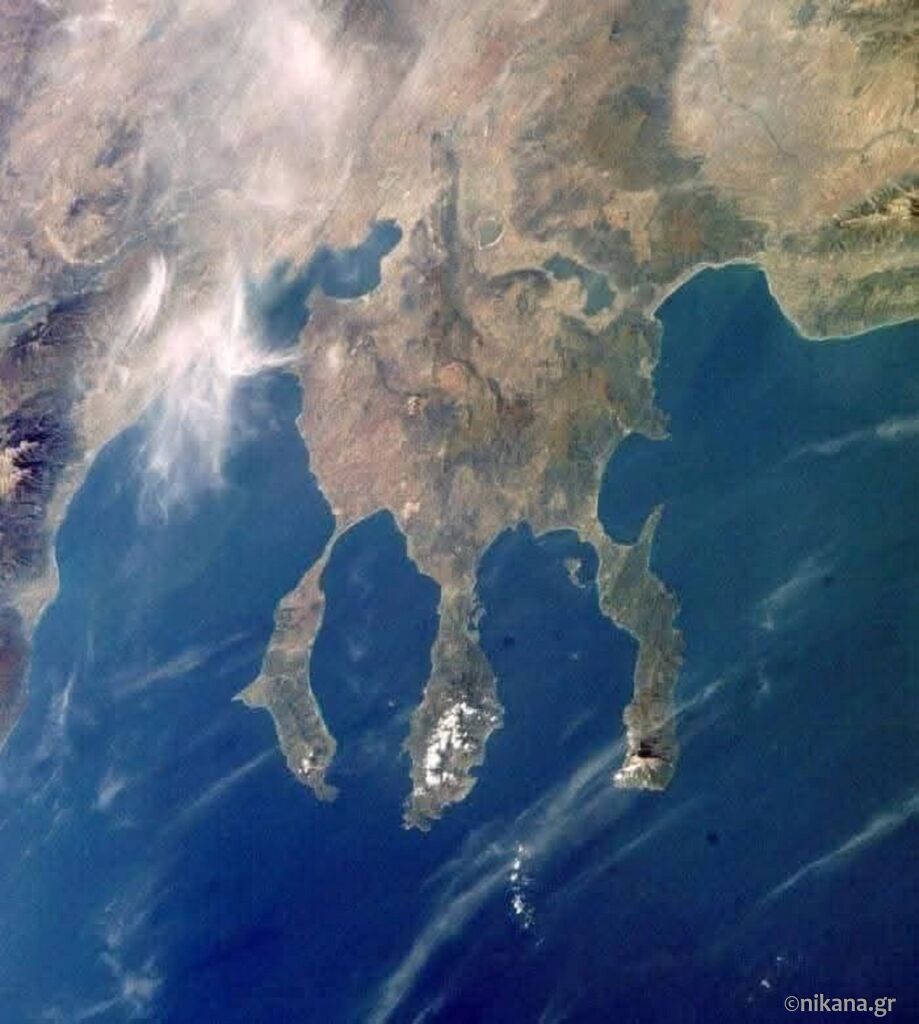Halkidiki Mythology: Sunbathing on the Backs of Titans
Do you know how Halkidiki was formed? Characteristic and beautiful, with its three fingers, it is the most beautiful part of Greece where millions of tourists enjoy every year. Right there, an epic battle between the gods of Olympus and the Titans took place, shaping the land, the sky, and the sea.
Stories of heroes and gods that originated in ancient times still breathe in every corner of Halkidiki. In this text, explore the ancient stories that shaped this beautiful region, where myths and nature merge in perfect harmony and which is closest to our Balkan tourists.
How was Halkidiki Formed?
The legend of the creation of Halkidiki preserves the memory of a turbulent period of natural disasters in this area (meteors, perhaps volcanic eruptions, earthquakes…) explained graphically through the battle of the titans and the gods.
Once upon a time, Halkidiki was the home of the Titans, sons of Uranus (god of the sky) and Gaea (goddess of the earth). In the legendary battle between the gods and the Titans (Titanomachy), huge rocks flew through the air, while the lightning of Zeus shone over the land. During this epic battle, the gods of Olympus rebelled against the Titans. Right in this area, the Titans threw huge rocks at the gods, while Zeus, the leader of the Olympians, responded with fiery lightning bolts.
Ten years of battles that shook the world and made the earth tremble under their blows, ended with the victory of the gods.
This geographical legacy, shaped by the power of the Titans, now forms the recognizable shape of the region. As a result of this ten-year Titan battle, three distinctive peninsulas of Halkidiki were shaped by the power of the gods and Titans, as an eternal reminder of the time when the earth trembled.
How Cassandra was Formed - the Land of Fire and the Legend of the Titan Engeldos
Today, the western peninsula of Halkidiki is called Kassandra. In the past, this area was called Phlegra, “Land of Fire” precisely because of the great natural phenomena and catastrophes that shaped it, which in mythological tradition were shaped into the story of the mighty Titan Enceladus.
The most powerful gods from Olympus, such as Zeus, and even the goddess Athena, fought against this giant, which remained recorded and deeply engraved in the culture and art of the ancient Greeks.
According to the geographer Pausanias (2nd century AD), Athena was called the “Horse Goddess” because she “drove chariots and horses against Enceladus”. The fight between them was a frequent theme in Greek art since the 6th century BC. Euripides in Ion mentions its depiction on the Temple of Apollo in Delphi, while the eastern pediment of the Old Temple of Athena on the Acropolis depicted Athena over the fallen giant, who is assumed to be Enceladus.
According to mythology, the titan Enceladus, after being struck by lightning by Zeus, was buried under a huge rock, and to this day causes earthquakes trying to free himself.
This myth inspired the artist Gaspar Merci to create the most famous gilded bronze statue in the gardens of Versailles, which you see in the photo.
This myth explains the natural forces that make Halkidiki so unusual and fascinating.
How Athos was Formed - the Mountain of the Titan
The easternmost peninsula of Halkidiki, Athos, was named after Titan Athos, who during the Titanomachy threw a huge rock at the gods. According to legend, the rock missed its target and fell into the sea, forming the famous mountain and peninsula of Athos, home to the Holy Mountain.
How Sithonia was Formed - a Tale of Love, Struggle, and Strength
Sithonia, the central peninsula of Halkidiki, is one of the most beautiful parts of Greece, and its name comes from King Sithon, the son of Poseidon, the god of the sea. Sithon was known for his strength, but also for his pride and inflexibility. A ruler whose pride was stronger than anything.
According to Greek mythology, Sithon was the father of the beautiful Palini, for whom many suitors from around the world wanted to marry. However, the father set one condition: the only way for someone to win her over was to defeat her father in a duel. Although many tried, no suitor succeeded in defeating King Sithon.
As the years passed and Sithon grew old, he was no longer able to fight. The new condition for courtship was that the battle be fought among the suitors themselves. In one of those battles, the opponents were Clitos and Dryantas.
Palini’s heart favored Clitos, but she feared he might lose his life in the duel. In desperation, she bribed Dryantas’ entourage, who cut off his hand. This allowed Clitos to emerge victorious.
Upon learning what had happened, King Sithon became enraged and decided to burn his daughter as punishment. He called forth a meteor shower that nearly destroyed the peninsula, but at the last moment, Palini was saved.
Seeing her rescue as a sign from the gods, the father acknowledged his mistake and allowed the marriage of Palini and Clitos.
This mythological story sheds light on the rich geological past of Sithonia and recalls the days when, probably, a great meteor shower caused horror and fear, leading to significant earthquakes, fires, and other natural disasters.
Mythology and Nature of Halkidiki - an Unbroken Connection
This peninsula carries a deep mythological and geological history that has shaped its identity and beauty. Every story, every rock, and every geothermal spring speak of a place that has been a spiritual center for centuries, reminding us today of the power of nature explained and preserved through myths.
Even today, Cassandra retains the name of the famous beauty of the legends of Sithonia - Palini (a place near Hanioti). It is also believed that Poseidi, a cape with powerful sea currents, is the birthplace of the sea god - Poseidon.
When you are in Halkidiki, remember to sunbathe on the backs of mighty Titans!!!
In addition to the mythological past, in our guide you can find all the practical information about Halkidiki, all the resorts, beaches and other useful information for a carefree vacation for your family:
Guide to Kassandra
Guide to Sithonia
Guide to Athos
For a recommendation of accommodation according to your wishes, write to us directly at nikana@nikana.gr or see the largest selection of accommodation on our website here:
Accommodation Kassandra
Accommodation Sithonia
Accommodation Athos
Encelad od pozlaćene bronze Gaspara Mersija u Bosketu de l’Encelada u vrtovima Versaja Foto credit: By Coyau / Wikimedia Commons, CC BY-SA 3.0, https://commons.wikimedia.org/w/index.php?curid=15125464
Atina u borbi sa najverovatnije Enkeladosom na hramu u Siciliji
Foto credit: By Giovanni Dall’Orto - Own work, CC BY-SA 2.5, https://commons.wikimedia.org/w/index.php?curid=1304170
Atena (levo) u borbi protiv Encelada (upisano retrogradno) na atičkoj crvenofiguralnoj posudi, v. 530. pne
Foto credit: By Oltos? (Louvre), circle of Psiax (Mertens) - Marie-Lan Nguyen (2007). Image renamed from Image:Pallas Enceladus LouvreCA3662.jpg, Public Domain, https://commons.wikimedia.org/w/index.php?curid=2707926












Post a Comment
NOTE
All your questions in the comments will receive an answer via email so check your inbox shortly after you posted comment. For more detailed questions and responses, contact us via mail nikana@nikana.gr.